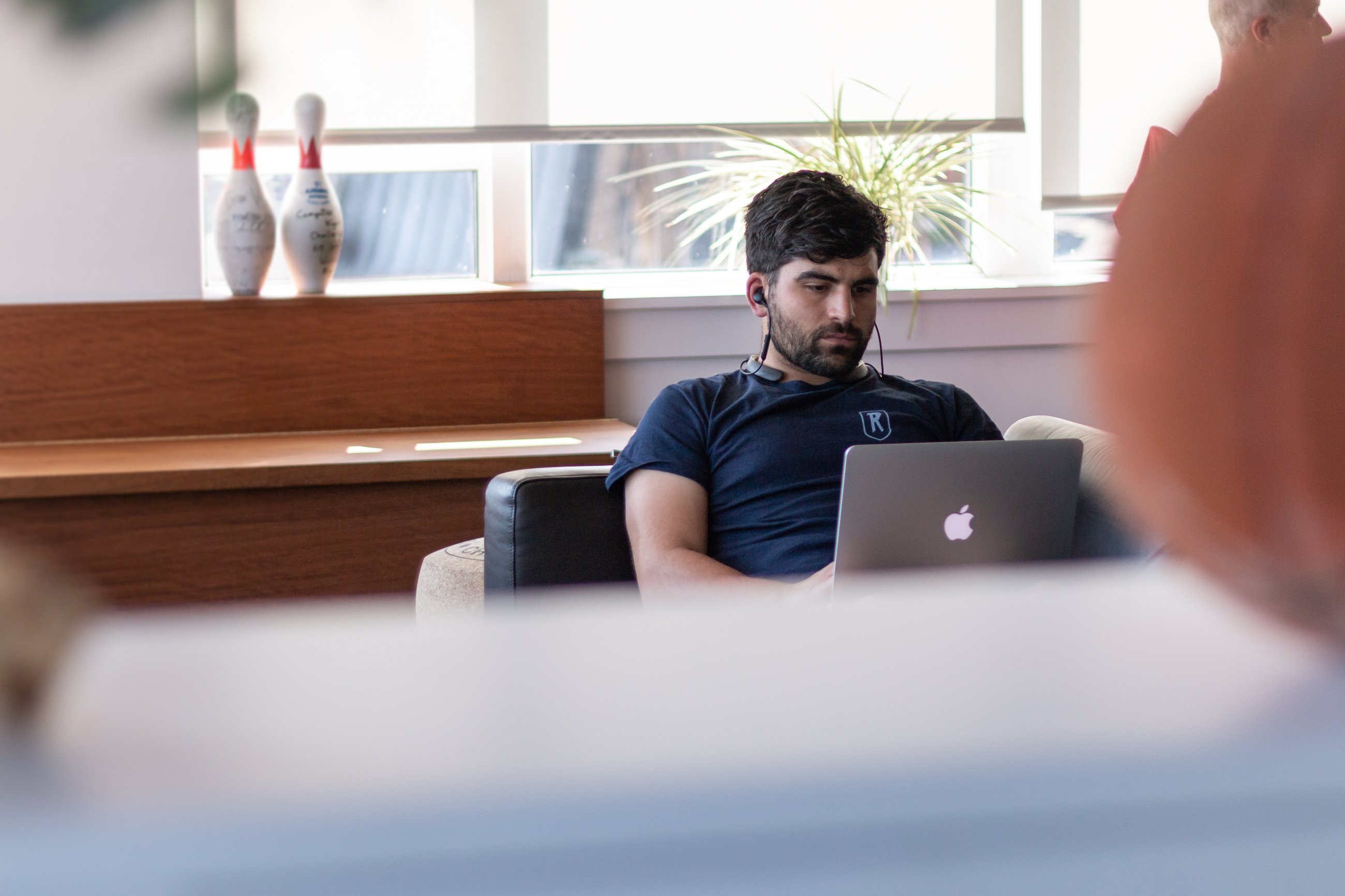Running discovery workshops with distributed teams

Discovery workshops are a huge part of our client offering and an essential string to the design thinking bow. Discovery sets your briefs, aligns your teams and frames your problems. Without them, projects can get off to a rocky start, objectives are unclear, and you’re only really scratching the surface of the task at hand.
The beauty of discovery workshops is their underlying simplicity. With the right people in the room (whether physical or virtual), the right tools, and a clear structure, you’re all set for your first session. We’ve already covered people, and you can read about our approach in this interview with Will Poole, our User Experience Producer. Today we’ll cover the essential tools needed to execute an online discovery session with remote individuals and teams.
Ideating with distributed teams
With the explosion of Kanban, Agile, stand-ups and sprints, we’ve no doubt that sales of Post-it Notes have rocketed (other brands are available). And whilst they look beautiful adorning walls and windows, they’re not much use to distributed teams. Luckily, apps like Miro and Stormboard exist. They are essentially online whiteboard tools that allow you to collaborate as a team on things like workflows, brainstorming, ideation or product development roadmapping.
Great timing by Miro, too — they’ve just opened up ‘guest editors’ as a feature. Having to hopscotch through a signup process just to feedback on a document can be frustrating, so this is a great way to work on a whiteboard as a non-registered user.
Being present with distributed teams
This is nothing new to most businesses. The conference call is as old as time (and frustrating too), but thankfully things have come a long way. Screen sharing is an essential feature allowing everyone within a session to view the app of choice and see what the facilitator is talking about. For that reason, it may be beneficial to set that screen as the main focus, with people’s headshots minimised. You can always switch back to speaker view when dialogue is more important.
We’ve been using Zoom for almost a year now, and it’s working out great for us. You can generate a new meeting very quickly, the smart switching between live speakers is a reliable feature, and call quality is ace. Of course, alternatives are available, such as Google Hangouts or Join.me. Remember, many large businesses will be tied in to in-house conferencing software, which at times can be clunky. Worse still, alternative choices may be firewalled. So it’s always good to research this when working with new teams and clients.
Designing with distributed teams
Design teams have got this one nailed, and there is no shortage of options out there. The big guns like Adobe and Slack have developed their own ways of making remote working easy for creatives. Sketch for Teams means you can all work in the same workspace, share prototypes and provide feedback. There are also useful third-party solutions like Abstract and Maze, which are great for version control or analytics. We’ve covered that pretty extensively here, where our design team share their thoughts on both apps.
Adobe XD is another piece of powerful software that allows you to create anything from a simple prototype or wireframe through to complex and responsive layouts with rich UI elements. There’s also a neat little suite of collab tools, such as coediting (currently in beta), document control and the ability to share docs for review. One of the best features however is, quite surprisingly, the cross-compatibility with files from Sketch (as well as Photoshop and Illustrator).
And an essential extra…
So you’ve got your tools, you have your teams and your infrastructure is all setup and good to go. But one thing that just about every distributed workshop will benefit from is what we call a ‘session manager’. Not to be confused with the facilitator (who runs the workshop and leads the various exercises), the session manager will be the one operating Miro, arranging the virtual Post-Its, pulling in relevant documents as and when needed, keeping a master set of notes and just generally running the show from a materials perspective.
Expecting your facilitator to do this on top of what they are already doing (hosting and leading) is a big ask, and expecting individuals to all chip in can quite quickly descend into chaos. A session manager is there to keep the various inputs and outputs of the session organised, and you’ll really notice the benefit as you breeze through the discovery and end it with everything already in the right place ready to pass to stakeholders or move to the next stage of your sprint.
So in these unusual times of distributed teams, remote working and cross-team collaboration, let’s not put discovery sessions on hold. Let’s jump in head first and continue to build great products with great people. If you’d like to talk to us about a remote discovery session, get in touch today.